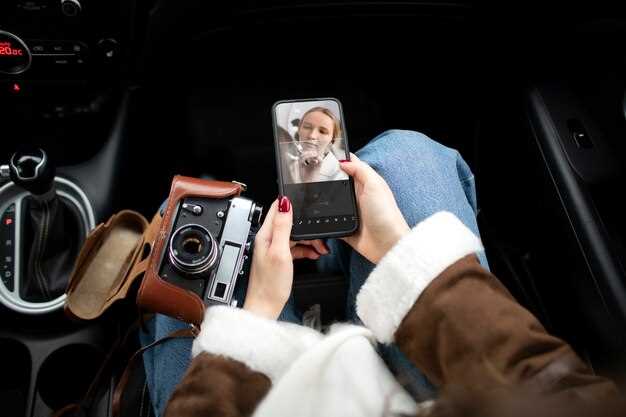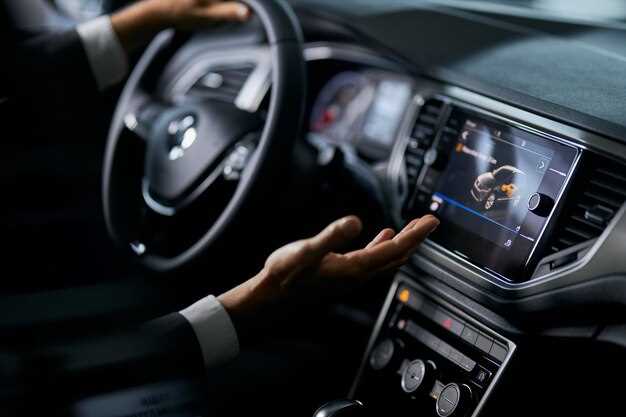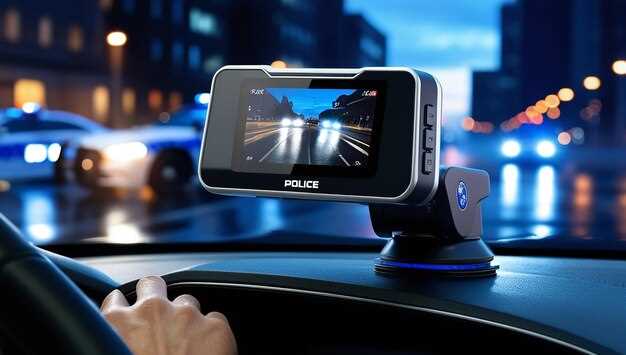
The automotive industry is undergoing a remarkable transformation, driven by advancements in technology. One of the most noteworthy innovations is the integration of in-car cameras and live telemetry streaming. These technologies are revolutionizing the way data is captured, processed, and broadcast to both drivers and enthusiasts alike, enhancing safety and performance on the road.
In-car cameras serve multiple purposes, ranging from monitoring driver behavior to capturing scenic drives. When paired with live telemetry streaming, they provide an unparalleled view of real-time vehicle performance. This combination not only empowers drivers with valuable insights but also allows for an engaging experience as data can be broadcast to spectators, making it a popular feature in motorsports and automotive exhibitions.
As the demand for connected vehicles grows, understanding how these technologies work and their implications becomes crucial. The seamless integration of in-car cameras with telemetry systems offers a powerful tool for improving safety, optimizing driving habits, and enhancing the overall driving experience. This article delves into the intricacies of in-car cameras and live telemetry streaming, explaining how they function and their impact on the future of automotive innovation.
How In-Car Cameras Enhance Driver Safety and Performance

In-car cameras have become essential tools for improving driver safety and enhancing performance. These devices provide real-time video feed, which can be broadcast to teams and safety officials during races or other high-speed events. By utilizing video data, drivers can gain valuable insights into their driving habits, enabling them to identify areas for improvement.
One of the primary benefits of in-car cameras is their ability to record critical moments during a drive. When an incident occurs, the recorded footage can be analyzed to understand what went wrong, allowing drivers and teams to develop strategies to prevent similar situations in the future. This feature is especially beneficial in competitive environments where every millisecond counts.
Additionally, in-car cameras serve as an objective third-party witness during disputes regarding driving behavior. This transparency helps to ensure fair competition and accountability among drivers, as video evidence can clarify conflicting narratives. By fostering an environment of trust, drivers can focus on refining their skills rather than worrying about potential bias or misinterpretation of events.
Moreover, the incorporation of telemetry data with in-car camera feeds creates a comprehensive picture of driver performance. This combination allows teams to evaluate not only the driver’s actions but also the vehicle’s response under different conditions. Engineers can use this information to make real-time adjustments to the vehicle, thereby optimizing performance and safety on the track.
In summary, in-car cameras enhance driver safety and performance by providing critical insights through video evidence, fostering accountability, and enabling data-driven decisions that improve overall competitiveness. The technology promotes a safer, more informed approach to driving, making it an invaluable asset in modern motorsports.
Understanding the Technology Behind Live Telemetry Streaming
Live telemetry streaming is a crucial technological advancement that allows real-time transmission of data collected from various sensors, including in-car cameras. This technology enables drivers, teams, and event organizers to monitor performance indicators and environmental conditions instantaneously during races or other driving activities.
The foundation of live telemetry streaming comprises several key components, including sensors, communication protocols, and data processing systems. In-car cameras serve as vital sensors, capturing high-definition video footage that can be analyzed for performance metrics and driver behavior. This video data is seamlessly integrated with other telemetry data, providing a comprehensive view of the vehicle’s dynamics.
Data transmission relies on robust communication protocols, often utilizing wireless technologies such as LTE or 5G. These protocols ensure that data from the vehicle’s onboard systems, including the camera feed, is sent to a cloud server or directly to a monitoring station with minimal delay. High bandwidth and low latency are essential to maintain the quality of the streaming experience and allow for real-time analysis.
Once the data reaches its destination, advanced processing algorithms come into play. This involves encoding and compressing video data from the in-car camera, which ensures efficient use of bandwidth while preserving quality. Machine learning and data analytics techniques can analyze this information, providing valuable insights into racing strategies, driver performance, and vehicle behavior.
Moreover, user interfaces on devices such as smartphones or tablets allow users to view this data in real time. Driver feedback can be enriched with video playbacks, showcasing critical moments during the race, thus enhancing understanding and decision-making processes.
In conclusion, live telemetry streaming is underpinned by a complex interplay of technology, from in-car cameras capturing vital visual data to advanced communication and processing systems that deliver real-time insights. This technology not only enhances the racing experience but also contributes significantly to improving safety and performance in various driving contexts.
Best Practices for Broadcasting In-Car Camera Feeds

When it comes to broadcasting in-car camera feeds, several best practices should be adhered to for ensuring quality, reliability, and viewer engagement. First and foremost, invest in high-quality cameras that offer clarity and consistency in various lighting conditions. A good camera can significantly enhance the viewer’s experience, providing clear visuals regardless of environmental factors.
Next, secure a stable and fast internet connection to facilitate seamless streaming. A poor connection can lead to interruptions and buffering, diminishing the broadcast’s effectiveness. Utilize 4G LTE or 5G technologies where available, or consider dedicated mobile hotspots to ensure a reliable signal during broadcasts.
Additionally, make sure to implement a robust data management system. This includes compressing video feeds without sacrificing quality, effectively managing bandwidth, and ensuring that the data transmission remains efficient. Utilizing adaptive bitrate streaming can help provide the best possible experience by adjusting the video quality in real-time based on the viewer’s internet speed.
Engagement is key, so include interactive elements within the broadcast. This could involve live chat features, viewer polls, or real-time telemetry data overlays. Enabling viewers to interact with the content can increase retention and make the experience more engaging.
Lastly, test your setup thoroughly before going live. Conduct trials in various conditions to identify potential issues related to hardware, network strength, or camera angles. A preliminary run can enable you to fine-tune the broadcast setup and ensure that everything functions smoothly when it matters most.








